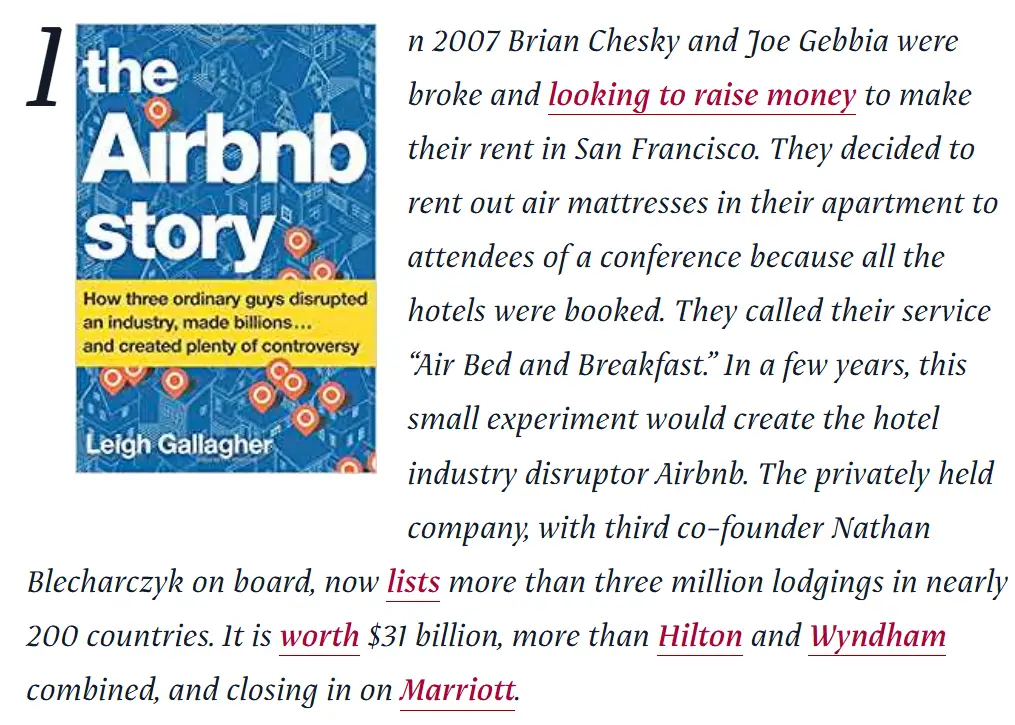You want to start a business, but here’s the catch—you don’t have a clue where to begin. You’re scrolling through articles, seeing people launch businesses left and right, and all you can think is, “Want to start a business but have no ideas? Where do I even begin?”
Sound familiar? If so, I get it. That overwhelming feeling is real. But here’s the good news—you don’t need to have a perfect idea right now. You just need to start somewhere. Yes, that’s exactly what we’ll do, step by step.

Step 1: Forget Finding the “Perfect” Idea—Look at YOU First
Most people think business ideas come from some random spark of genius. Nope. The best businesses come from real people solving real problems—and guess what? You already have more potential than you think.
🔹 What do people ask you for help with? Think about the last time someone said, “You’re really good at this.” That’s a clue.
🔹 What frustrates you? Annoyances in life often turn into business opportunities.
🔹 What do you already know? You don’t have to reinvent the wheel—just improve it.
✏️ Action Step: Take 5 minutes. Write down 3 things you’re naturally good at and 3 things that annoy you. This is where ideas start forming.
Step 2: Look for Problems, Not Just Business Ideas
Instead of forcing yourself to “come up with a business idea,” start looking for problems people need solved.
Here’s what you do:
✅ Go to Quora or Reddit → Type in “I hate” or “I need a way to…” and see what people complain about.
✅ Look at Amazon reviews → Find products with 3-star reviews—what are people saying is missing?
✅ Social Media Listening → People complain everywhere. Find their frustrations, and you might just find a business.
💡 Example: Someone got frustrated because finding good dog toys was impossible—so they created a subscription box of high-quality pet toys. Now, it’s a million-dollar business.
✏️ Action Step: Find ONE frustration today. It might just be your starting point.
Step 3: Stop Overthinking and Start Testing (Even with Zero Money)
The biggest mistake people make? Waiting too long. You don’t need a full-blown business plan—you need to test small.
🔹 Want to offer a service? → Post about it on social media, see who’s interested.
🔹 Thinking of selling a product? → Create a simple landing page and see if people sign up.
🔹 Not sure if your idea is good? → Ask people if they’d pay for it. If no one would, tweak it.
And listen—I get it. I’ve been there. As a content writer, I’ve overthought and doubted myself so many times, thinking I needed the perfect plan before I even started. The truth? Perfectionism will be your worst enemy.
For the longest time, I wondered, “Am I doing this right?” or “What if it doesn’t work?” Those questions paralyzed me. But let me tell you, overthinking costs you time and energy—time you’ll never get back. What I wish I had known back then is that starting messy is the best way to get clarity. You can always refine things later, but you need that momentum first.
This is where modeling became my best friend. Instead of stressing over creating something 100% unique from the start, I began by observing others who’d succeeded in similar fields. I learned from their journey and then shaped it to suit my own needs. It’s about modeling your approach, not by mimicking exactly what they’ve done, but by seeing what works and adapting it to fit the unique direction of your business. Your own style, your own vision—just with a clearer roadmap.
💡 Example: The founders of Airbnb didn’t start with a fancy platform. They just rented out an air mattress in their apartment—and that tiny test led to a billion-dollar company.
✏️ Action Step: Pick one idea and do one small test this week.
Step 4: Leverage What Already Exists
You don’t have to build everything from scratch. There are platforms that let you start instantly:
✅ Want to freelance? Start on Upwork or Fiverr.
✅ Want to sell products? Use Etsy, Gumroad, or Shopify.
✅ Want to teach something? Launch a course on Teachable or Udemy.
💡 Example: A teacher started uploading simple lesson plans on Teachers Pay Teachers—she now makes six figures selling lesson plans. She didn’t reinvent the wheel, she just used a platform that already had an audience.

✏️ Action Step: Pick one platform that aligns with your skills and create an account today.
Step 5: Make Consistency Your Business Partner
Here’s the truth: No idea will work unless you do.
It’s easy to look at successful businesses and think “They had it all figured out.” Nope. They just kept going when others quit.
🎯 You will have doubts.
🎯 Some people won’t get it.
🎯 It won’t be perfect right away.
But if you keep testing, learning, and adjusting, you’ll figure it out.
✏️ Final Action Step: Make a commitment to yourself today. Set a goal, no matter how small, and take action. Even if it’s messy, even if it’s uncertain—just start.
Step 6: Find Your Tribe – Build a Community Around Your Idea
Success isn’t just about having a great product—it’s about having people who believe in what you’re doing.
🔹 Start with your friends and family. Get their feedback.
🔹 Join online communities where your audience hangs out—Facebook groups, Reddit, or forums.
🔹 Build a loyal following on social media. Post consistently and engage with your audience.
💡 Example: Gymshark grew by building a community of fitness enthusiasts on Instagram. They didn’t just sell clothes—they created a culture around their brand.
✏️ Action Step: Start engaging with 5 people in your niche today. Comment on their posts, join conversations, and build those relationships.
Step 7: Build Relationships, Not Just a Customer Base
Instead of focusing on just making sales, focus on building relationships with the people who matter—your potential customers.
🔹 Start by genuinely engaging with people in your niche. Respond to comments, answer questions, and help when you can.
🔹 Offer value without expecting an immediate return. Share helpful content, free advice, or even exclusive tips.
🔹 Think about long-term connections, not just quick wins. This will pay off in customer loyalty and word-of-mouth referrals.
💡 Example: A small business owner started building a community by offering free advice on a Facebook group. Over time, those followers became loyal customers and advocates.
✏️ Action Step: Reach out to someone in your niche or respond to a comment today. Start a conversation—building relationships is key.
Step 8: Start Small, Scale Slowly – Don’t Rush Growth
The temptation is real to grow fast, but remember: slow and steady wins the race. Focus on building a solid foundation before scaling.
🔹 Start with a small product range or service offering.
🔹 Don’t try to expand too quickly—perfect what you’re doing first.
🔹 Build strong relationships with your first customers—they’ll help spread the word.
💡 Example: Airbnb began with just a few properties in one city. It wasn’t until they had built trust and refined their business that they expanded. Image from Wharton Knowledge Podcast article

✏️ Action Step: Choose one thing to focus on today. Get that right before moving forward.
Step 9: Embrace Failures – They’re Part of the Journey
Failure isn’t the end—it’s just part of the process. You’ll make mistakes, but each one is a lesson in disguise.
🔹 Learn from your mistakes—whether it’s a failed marketing campaign or a product flop.
🔹 Ask for feedback from customers, mentors, and peers.
🔹 Pivot when necessary. It’s not failure—it’s refinement.
✏️ Action Step: Reflect on one failure you’ve had, and figure out what you learned from it. Use that lesson to improve.
Step 10: Keep Moving – Never Stop Evolving
No business ever stays the same. What worked today might not work tomorrow, and that’s okay. The key is to keep evolving and adapting to new trends, technology, and customer needs.

🔹 Stay curious. Keep learning and experimenting.
🔹 Keep up with industry trends and see how they apply to your business.
🔹 Don’t be afraid to innovate and make changes to keep things fresh.
💡 Example: Spotify constantly evolves. They don’t just stick to music—they’ve expanded into podcasts, personalized playlists, and more, keeping their service relevant.
✏️ Final Action Step: Make a plan to learn something new this week—whether it’s about your industry, your customers, or new tools you can use to grow your business.
“Now it’s your turn—what’s the biggest challenge you’ve faced in starting your business? Share your thoughts in the comments below! Don’t forget to subscribe to my newsletter for more tips and actionable advice on entrepreneurship. And if you know someone who could use this post, share it with them!”
Ready to Kickstart Your Successful Business Journey? Discover the Tools That Can Boost Your Business Efficiency and Take You Further!




